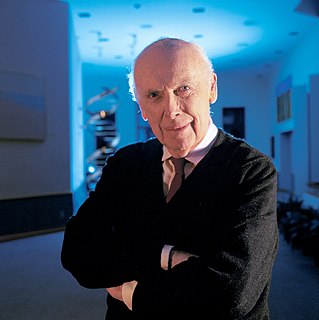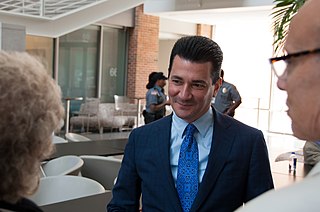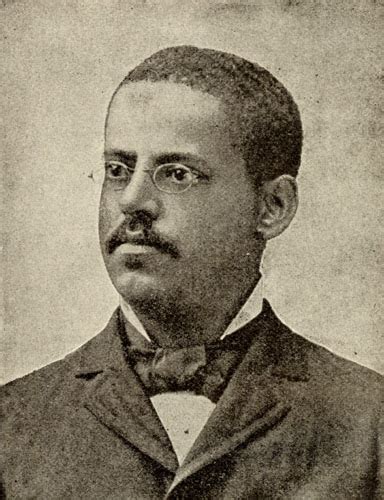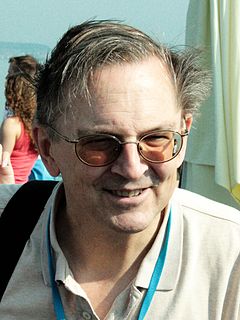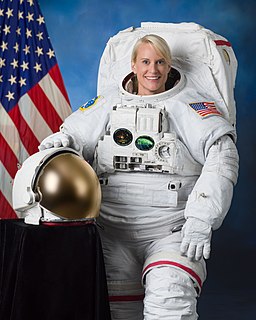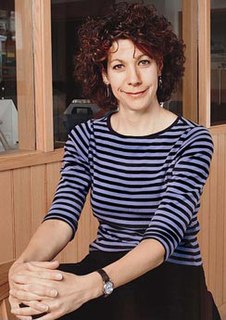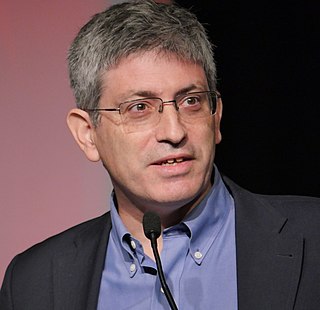A Quote by Sam Kean
Most organisms have loads of junk DNA - less pejoratively, noncoding DNA - cluttering their cells.
Related Quotes
It once seemed that the most profound feats stemming from DNA-based science would spring from our ability to read and detect genes, which we call the science of genomics. But the real opportunities lie in our ability to write DNA, to synthesize new gene sequences and insert them into organisms, resulting in brand-new biological functions.
Parasites are not only incredibly diverse; they are also incredibly successful. There are parasitic stretches of DNA in your own genes, some of which are called retrotransposons. Many of the parasitic stretches were originally viruses that entered our DNA. Most of them don't do us any harm. They just copy and insert themselves in other parts of our DNA, basically replicating themselves. Sometimes they hop into other species and replicate themselves in a new host. According to one estimate, roughly one-third to one-half of all human DNA is basically parasitic.


